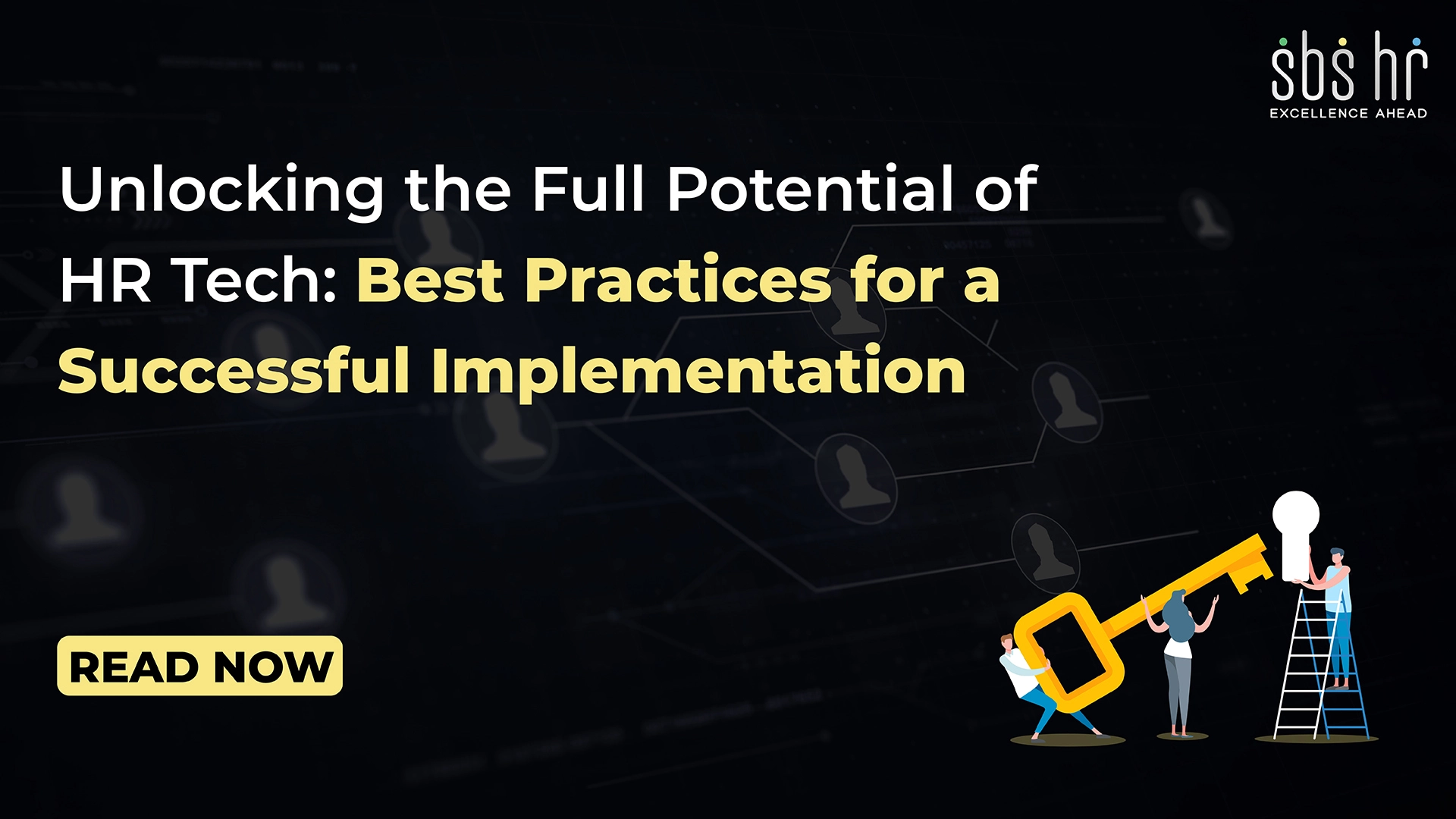Implementing HR tech can transform your business, unlocking unprecedented efficiency and engagement. By following best practices, you can seamlessly integrate cutting-edge HR technology, revolutionizing how you manage talent, streamline processes, and boost overall productivity. Imagine the possibilities as you harness the full potential of HR tech to elevate your organization to new heights!
What are the best practices for successfully implementing HR technology in your organization?
Importance of Best Practices in HR Tech Implementation
The importance of successful HR Tech implementation cannot be overstated. Efficient HR processes are essential for attracting, retaining, and managing talent effectively. HR technology streamlines operations, reduces manual workloads, and provides valuable insights through data analytics, helping organizations make informed decisions. Moreover, it enhances employee experience by simplifying tasks such as onboarding, performance reviews, and benefits management. A well-implemented HR Tech system also ensures compliance with regulatory requirements, mitigating risks and protecting the organization from potential legal issues. Ultimately, successful HR Tech implementation leads to improved organizational efficiency, higher employee satisfaction, and a stronger competitive advantage.
1.Define Clear Objectives and Goals:
The foundation of a successful HR Tech implementation is setting clear objectives and goals. This means understanding what you aim to achieve, such as improving recruitment efficiency, enhancing employee engagement, or ensuring regulatory compliance. By having specific, measurable goals, you can guide the implementation process effectively and align the new technology with your overall business strategy. This clarity helps in prioritizing features and functions that are most critical to your organization’s success.
2.Engage Stakeholders Early:
Engaging stakeholders from the beginning is crucial for gaining buy-in and ensuring the technology meets everyone’s needs. Involve HR team members, IT staff, senior management, and end-users to provide diverse perspectives and comprehensive feedback. Early engagement helps in identifying potential challenges and resistance, allowing for better planning and smoother implementation. Communication about the benefits and changes brought by the new system can foster support and enthusiasm among all stakeholders.
3.Conduct Thorough Vendor Selection:
Choosing the right HR Tech vendor is pivotal to the success of your implementation. This involves defining your functional and technical requirements, requesting product demonstrations, and checking vendor references. Evaluating the support and training options provided by vendors ensures that your team will be well-supported during and after the implementation. A thorough selection process helps in finding a solution that best fits your organizational needs and enhances long-term satisfaction and performance.
4.Plan for Data Migration and Integration:
Data migration and integration are critical aspects of HR Tech implementation. A well-planned migration strategy ensures that data is accurately transferred and seamlessly integrated with existing systems. This includes auditing current data for accuracy, developing a detailed migration plan, and conducting thorough testing to maintain data integrity. Effective integration ensures that the new system works harmoniously with other enterprise systems, facilitating smooth operations and better data management.
5.Focus on Change Management:
Change management is essential to ensure a smooth transition to the new HR technology. Developing a robust communication plan keeps employees informed and prepared for the changes ahead. Comprehensive training sessions help users become proficient with the new system, reducing resistance and increasing adoption rates. Continuous feedback collection allows for ongoing improvements and ensures that the technology is meeting user needs and expectations. Effective change management minimizes disruptions and maximizes the benefits of the new HR Tech.
6.Monitor and Evaluate Post-Implementation:
The work doesn’t end once the HR Tech is implemented. Continuous monitoring and evaluation are necessary to ensure the system meets its intended goals and to identify areas for improvement. Set up key performance indicators (KPIs) to measure the success of the implementation, conduct regular reviews of system performance and user satisfaction, and plan for updates to keep the system current with the latest features and developments. This ongoing evaluation helps maintain the effectiveness and relevance of the HR Tech, ensuring long-term benefits.
Conclusion:
Successful HR Tech implementation requires a strategic and methodical approach, focusing on clear objectives, stakeholder engagement, careful vendor selection, effective data management, robust change management, and ongoing evaluation. By following these best practices, organizations can leverage HR technology to enhance their HR functions, improve employee experiences, and drive business success. Embracing HR technology is an ongoing journey. With the right strategy and commitment, it can lead to significant improvements and a competitive advantage in the marketplace.

